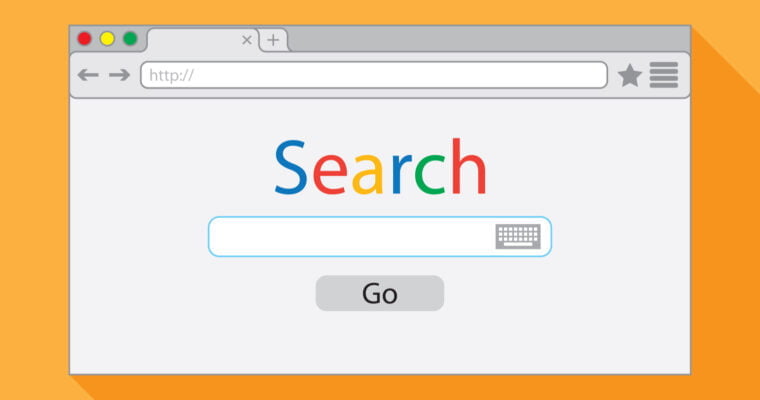Advanced Image SEO: A Secret Manual. As a website owner, it’s important to make sure your images are properly optimized for search engines. This not only helps with the overall user experience, but it also positively affects your search engine rankings. In this article, we will reveal the secret manual for advanced image SEO, providing you with all the tips and tricks you need to boost your website’s visibility and rankings.
Importance of Image SEO
Images play a significant role in attracting and engaging visitors to your website. Properly optimized images can help improve the overall user experience, making it easier for search engines to understand the content on your website. This, in turn, can help increase your search engine rankings and drive more organic traffic to your site.
Best Practices for Image Optimization
File Naming
The file name of your image is an important factor in image optimization. Choose descriptive and concise file names that accurately describe the image. Avoid using generic file names such as “image1.jpg” or “picture.png”. Instead, opt for file names that include relevant keywords, such as “red-flowers.jpg” or “home-decor-ideas.png”.
Alt Text
Alt text is a descriptive text that is added to images to describe their content. This text is important for both users and search engines as it provides context for the image. When writing alt text, make sure to use descriptive and concise text that accurately describes the image. Avoid using generic alt text such as “image” or “picture”.
Image Sizing
Large, high-resolution images can significantly slow down your website’s loading speed. This not only affects the user experience but also negatively impacts your search engine rankings. To optimize your images for search engines, make sure to properly size them before uploading to your website.
Image Compression
Image compression helps reduce the size of an image without compromising its quality. This helps improve your website’s loading speed and provides a better user experience. There are a variety of tools available for compressing images, including Adobe Photoshop, TinyPNG, and Compressor.io.
Image Sitemap
An image sitemap is a type of XML sitemap that specifically lists all the images on your website. This helps search engines find and index your images, improving their visibility and rankings. To create an image sitemap, you can use a variety of online tools such as XML Sitemap Generator and Screaming Frog.
Keyword-Rich Image Descriptions
In addition to using descriptive and concise file names and alt text, it’s also important to include keyword-rich descriptions for your images. This helps search engines understand the content of your images and improves their visibility in image search results.
To write effective image descriptions, consider the following tips:
- Use relevant keywords that accurately describe the image
- Keep the description concise, using 3-5 keywords or phrases
- Avoid keyword stuffing or using irrelevant keywords
- Include information about the image’s subject, location, and context
For example, instead of simply using “dog playing in the park,” a keyword-rich description might read “Golden Retriever playing fetch in Central Park, New York City.”
Image Structure and Format
In addition to optimizing the content of your images, it’s also important to consider their structure and format. Here are some best practices for optimizing your images’ structure and format:
- Use JPEG format for photographs and images with a lot of color and detail
- Use PNG format for graphics and images with clear, crisp lines
- Avoid using BMP and TIFF formats as they tend to be larger in size and slower to load
- Use schema markup to provide additional information about your images, such as their location, size, and subject matter
Conclusion
In conclusion, advanced image SEO is an important factor in improving your website’s search engine rankings and driving organic traffic to your site. By following the best practices outlined in this article, you can ensure that your images are properly optimized and contribute to the overall success of your website.
Optimizing your images for search engines is an important aspect of overall website optimization. By following best practices for image optimization, including descriptive file names, alt text, keyword-rich descriptions, proper formatting, and an image sitemap, you can ensure that your images are contributing to the success of your website and helping to drive organic traffic and improve search engine rankings.




